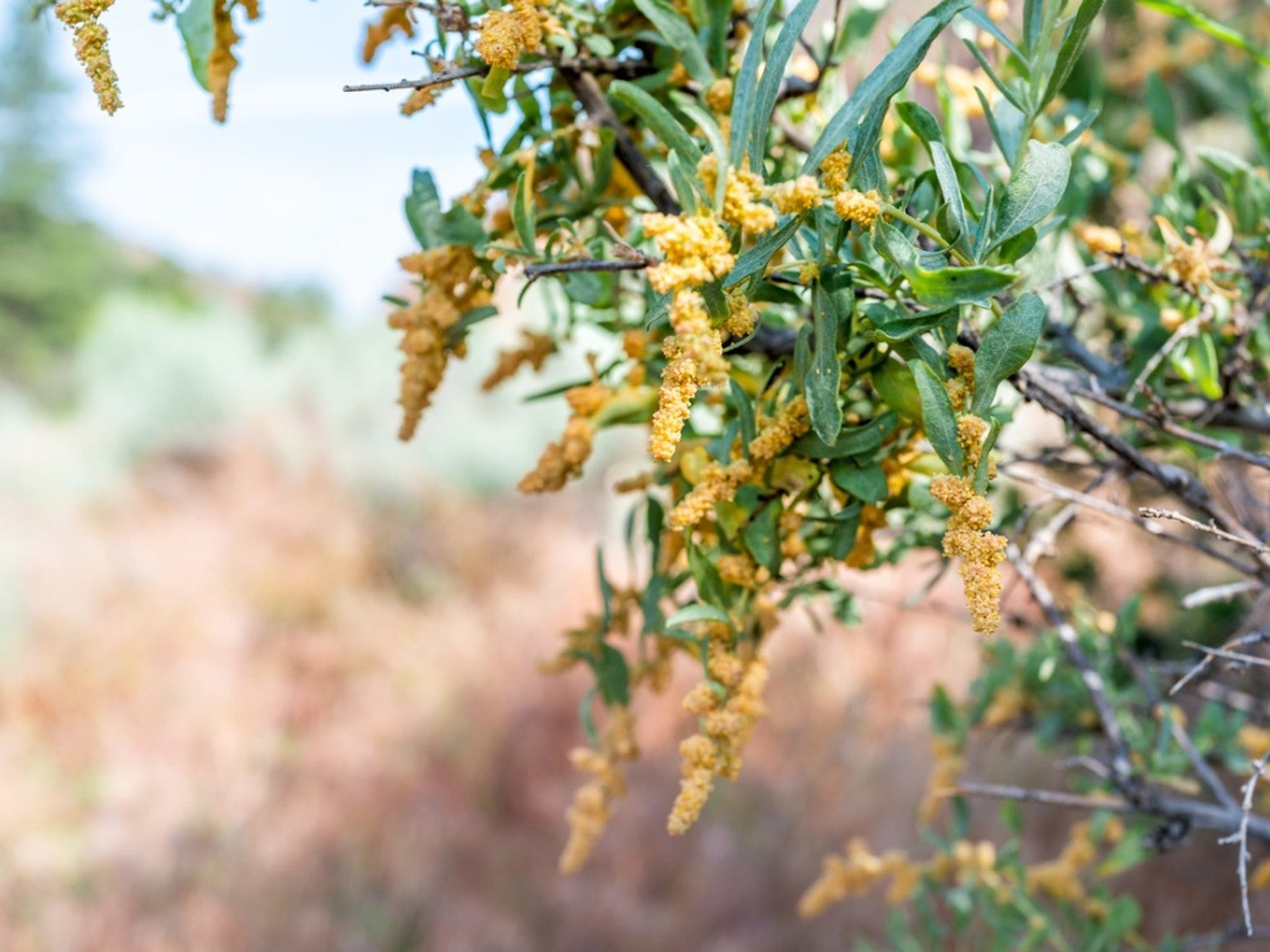Forestiera Desert Olives: Information On Growing New Mexico Olive Trees


The New Mexico olive tree is a large deciduous shrub that grows well in hot, dry areas. It works well in hedges or as an ornamental specimen, offering fragrant yellow flowers and showy, berry-like fruit. If you’d like more New Mexico olive tree facts or want to learn something about desert olive cultivation, read on.
New Mexico Olive Tree Facts
The New Mexico olive (Forestiera neomexicana) is also known as desert olive tree because it thrives in hot, sunny regions. New Mexico olive usually grows many spiny branches. The bark is an interesting shade of white. Tiny but very fragrant yellow flowers appear on the shrub in clusters in spring even before the leaves. They are an important nectar source for bees.
Later in summer, the plant produces attractive blue-black fruit. The fruit are shaped like eggs but only the size of berries. These attract birds that enjoy eating the fruit. Forestiera desert olives grow rapidly to their full height, which can be as tall as 15 feet (5 m.) Their spread is about the same.
New Mexico Olive Tree Care
Growing New Mexico olive trees is not difficult in the right location, and the species has a reputation for being easy maintenance. It thrives in dry, sunny areas without shade, which is why it is so popular in New Mexico. Forestiera desert olives thrive in U.S. Department of Agriculture plant hardiness zones 4 through 9.
The shrubs prefer all-day sun but will grow in a site with ample morning sun and afternoon shade. Another reason New Mexico olive tree care is easy is that the plant is not picky about soil. You can start growing New Mexico olive trees in clay soil, sandy soil, or average soil.
All plants, including Forestiera desert olives, require irrigation when they are first transplanted. This enables them to build up strong root systems. Once established, however, desert olive cultivation doesn’t require much water. Still, the shrubs grow faster if you give them a drink from time to time in dry weather.
If you enjoy pruning and shaping your bushes, you’ll love growing New Mexico olive trees. New Mexico olive tree care can include trimming the shrub to increase the number of branches. This works especially well if you are using the shrub in a hedge. Alternatively, once you start growing New Mexico olive trees, you can remove all branches but one to force the shrub into a tree shape.
Gardening tips, videos, info and more delivered right to your inbox!
Sign up for the Gardening Know How newsletter today and receive a free copy of our e-book "How to Grow Delicious Tomatoes".

Teo Spengler is a master gardener and a docent at the San Francisco Botanical Garden, where she hosts public tours. She has studied horticulture and written about nature, trees, plants, and gardening for more than two decades. Her extended family includes some 30 houseplants and hundreds of outdoor plants, including 250 trees, which are her main passion. Spengler currently splits her life between San Francisco and the French Basque Country, though she was raised in Alaska, giving her experience of gardening in a range of climates.
-
 Moody Blooms For Spring: 8 Types Of Black Flowers To Add Drama To Spring Displays
Moody Blooms For Spring: 8 Types Of Black Flowers To Add Drama To Spring DisplaysFrom midnight burgundies to inky violets, several types of black flowers can enrich and embolden a spring display. Try these brooding bloomers for a moody garden
By Tonya Barnett
-
 Can Snake Plants Live Outside? Everything You Need To Know For Snake Plants Al Fresco
Can Snake Plants Live Outside? Everything You Need To Know For Snake Plants Al FrescoSnake plants can live outside given the right conditions, but be careful that they don't take over! Learn the best way to use snake plants in your landscape.
By Mary Ellen Ellis